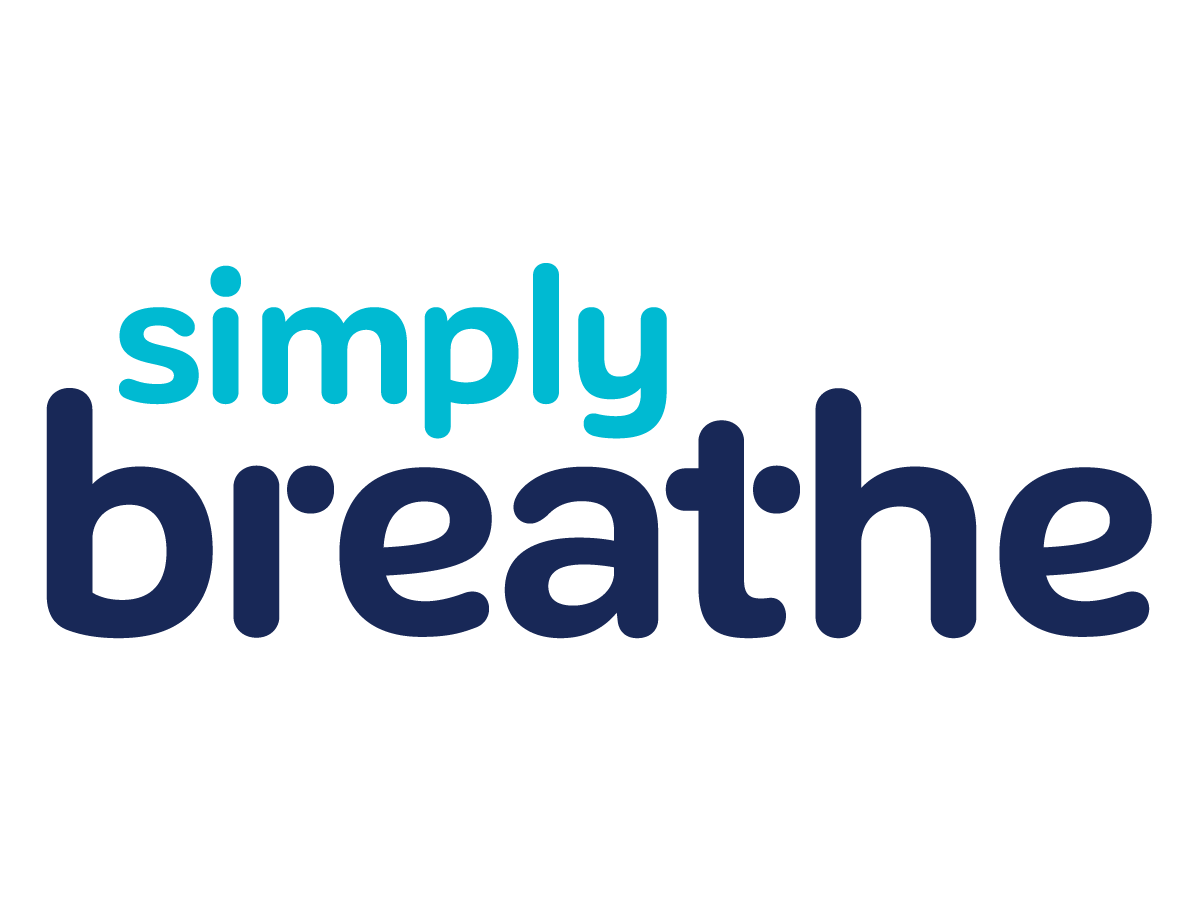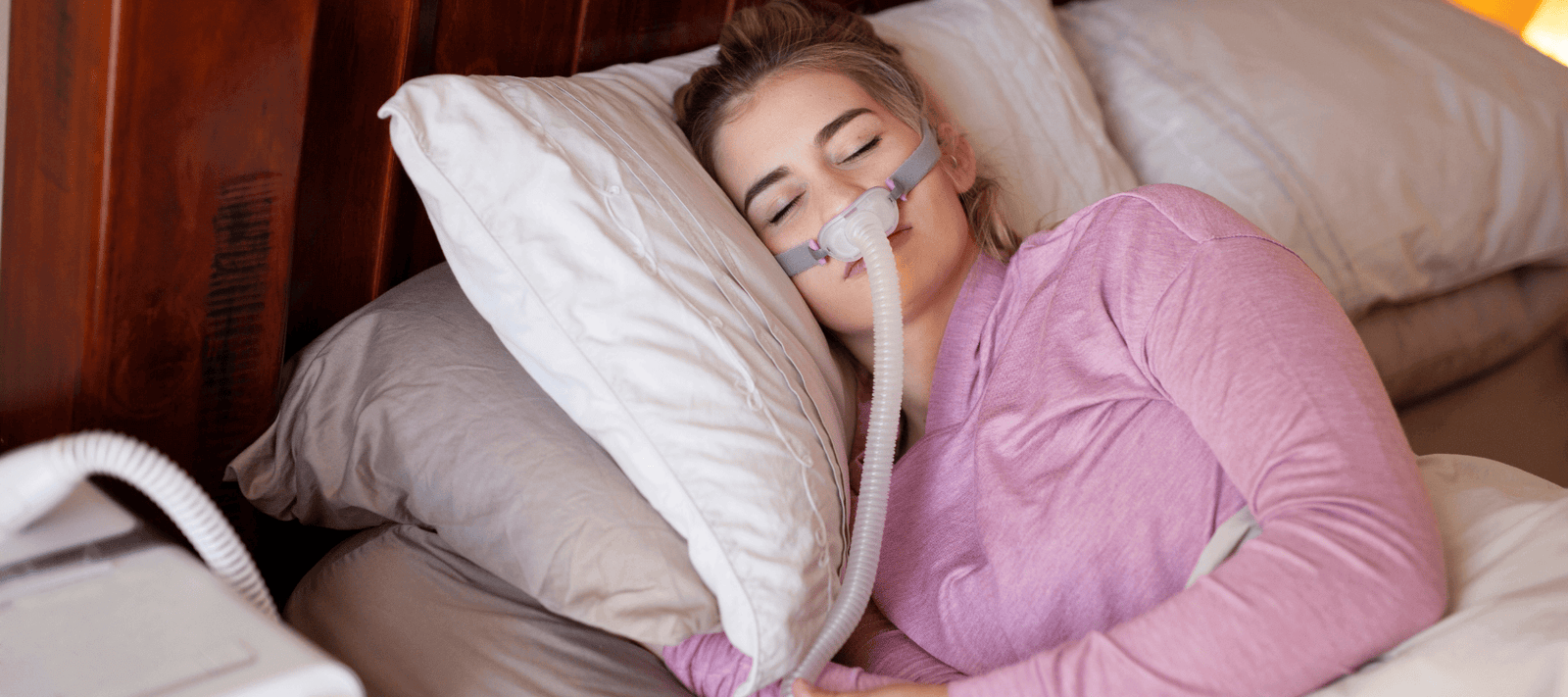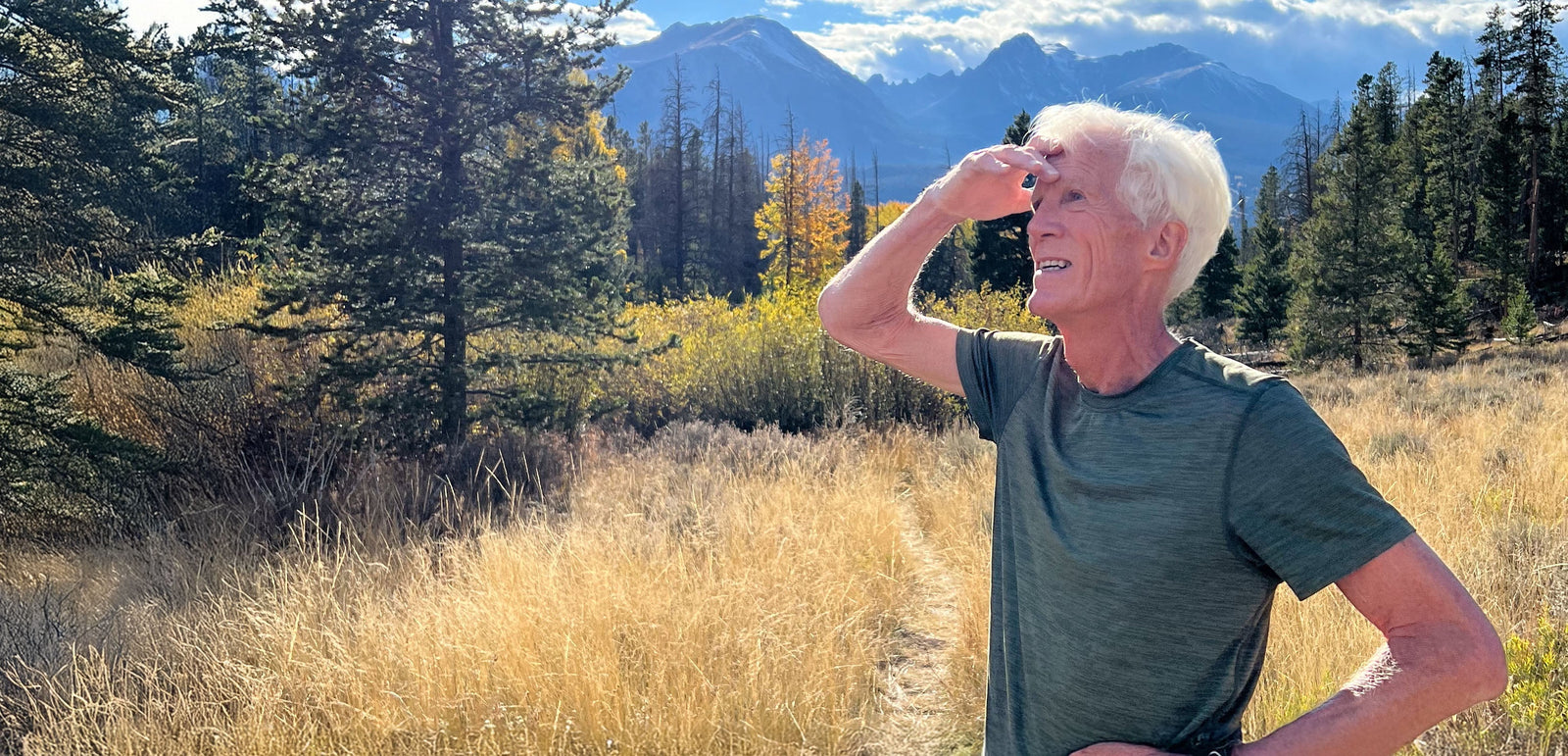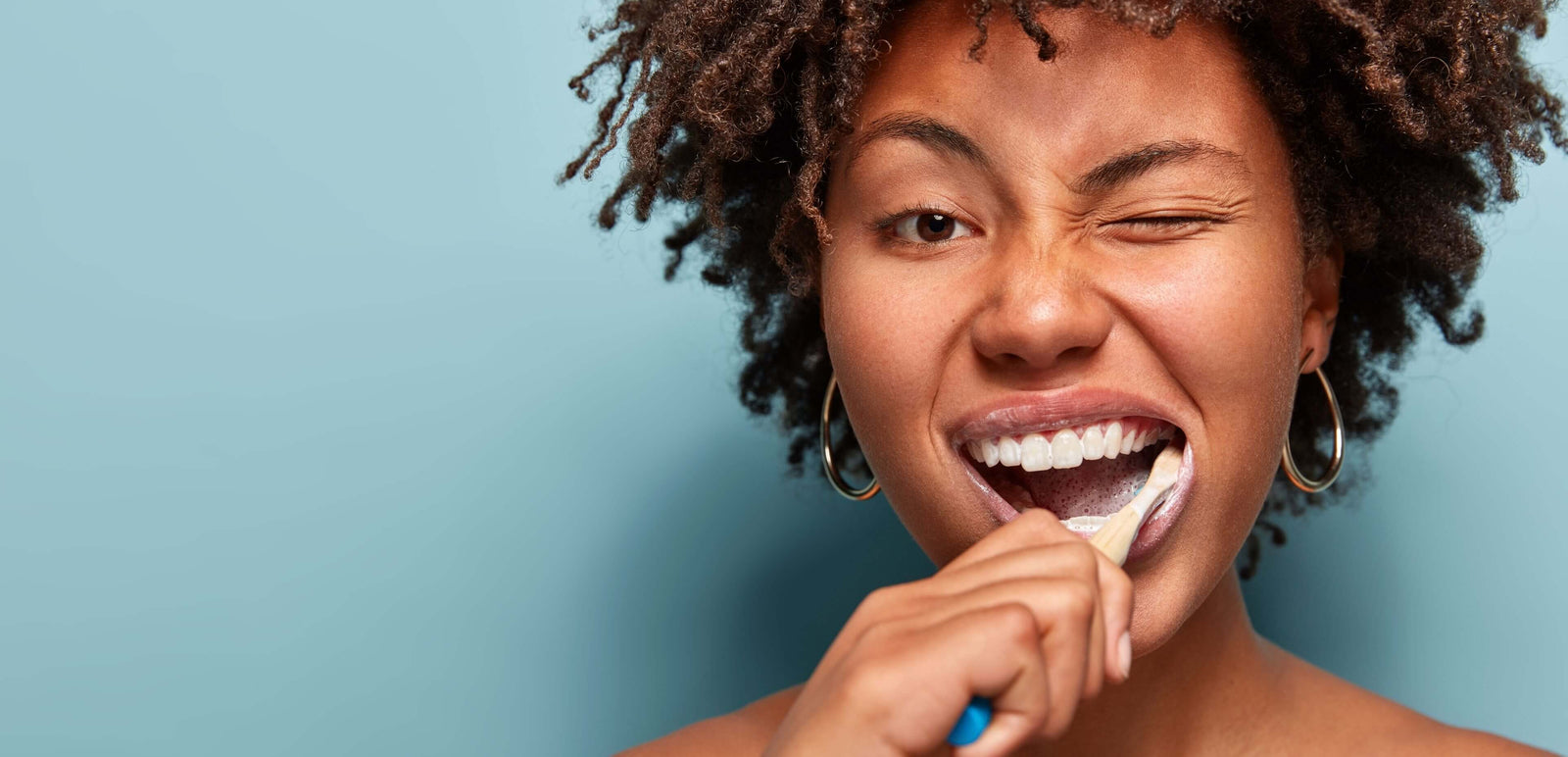Dry mouth is one of the most common and frustrating complaints among nasal CPAP (Continuous Positive Airway Pressure) users. This uncomfortable condition occurs when pressurized air escapes through the mouth during sleep, creating a parched feeling that can disrupt therapy and affect overall health. While chin straps and full-face masks are traditional solutions, many users find them uncomfortable or restrictive. Mouth tape offers a gentle, effective, and comfortable alternative designed specifically to keep your mouth closed during CPAP therapy (with a nasal mask), helping to prevent air leaks while maintaining the benefits of nasal breathing.
For many CPAP users who struggle with mouth breathing during sleep, mouth taping can be a complementary approach. But how do these two interventions work together? This guide addresses the most common questions about combining CPAP therapy with Simply Breathe mouth tape.
What is mouth taping and why consider it with CPAP?
Mouth taping involves placing specially designed tape over your lips before sleep to encourage breathing through your nose. For CPAP users, the benefits can include:
- Reduced dry mouth and throat (a common CPAP complaint)
- Better humidity retention in your airway
- Potentially lower CPAP pressure requirements
- Improved overall sleep quality
- Better CPAP compliance due to increased comfort
Is it safe to use mouth tape with my CPAP?
This depends on your specific situation:
- For nasal mask or nasal pillow users: These CPAP setups may be prescribed with a chin strap intended to keep the mouth closed, but many users find mouth tape to be more comfortable and less intrusive than the bulky strap. Mouth taping promotes nasal breathing and helps prevent air from escaping through your mouth.
- For full-face mask users: Mouth taping is NOT recommended, as these masks are designed to accommodate both nasal and oral breathing.
How to start using mouth tape with your CPAP
1. Consult your sleep specialist first: Always get professional approval before combining methods.
2. Choose the right tape: Simply Breathe tape is designed specifically for sleep and has been created to be comfortable, safe, and effective by using a special adhesive that keeps the tape in place without irritating your skin.
3. Start slowly: Try the tape during a daytime nap first, then for short periods at night before using it all night.
4. Proper application:
- Ensure your lips and surrounding skin are clean and dry
- Apply the tape horizontally across closed lips
- Ensure there's enough give that you could open your mouth with minimal effort if necessary
5. Monitor your experience: Keep track of your comfort level, sleep quality, and any CPAP data changes.

Common Questions from CPAP Users
Will mouth taping affect my CPAP pressure settings?
Possibly. By preventing mouth leaks, your required pressure might decrease. Monitor your therapy data and consult your provider about potential adjustments.
What if I have nasal congestion?
Don't use mouth tape on nights when you're congested (but remember that nasal breathing decreases congestion). Always ensure you can breathe comfortably through your nose before applying tape.
Can mouth taping help with CPAP-related dry mouth?
Yes, this is one of the primary benefits. By keeping your mouth closed, the humidified air from your CPAP stays in your airway system rather than drying out your mouth.
How will I know if it's working?
Look for improvements in:
- Morning dry mouth symptoms
- Sleep quality and daytime alertness
- Your CPAP machine's leak data
- Your AHI (Apnea-Hypopnea Index) readings
- Read more here
What if I panic or feel claustrophobic?
Simply Breathe tape is designed to be easily removed if necessary. Start with short periods of use until you become comfortable with the sensation.
When NOT to Use Mouth Tape with CPAP
Avoid mouth taping if you:
- Use a full-face CPAP mask
- Have significant nasal congestion or obstruction
- Have severe respiratory conditions beyond sleep apnea
- Experience panic or claustrophobia with restricted breathing
Tips for Success

- Use a chin strap in addition to mouth tape for extra support or while transitioning. PRO TIP: Customers report that Simply Breathe mouth tape is just as effective as a chin strap but much more comfortable.
- Ensure your CPAP humidity settings are appropriate
- Clean your CPAP equipment regularly to maximize nasal airflow andprevent bacteria, mold, and mineral buildup, ensuring effective therapy and reducing the risk of infections.
- Consider nasal saline rinses before bed to optimize nasal breathing
Remember that the combination of CPAP and mouth taping requires personalized guidance. What works for one person may not work for another. Always work with your sleep specialist to find the approach that best addresses your specific needs




